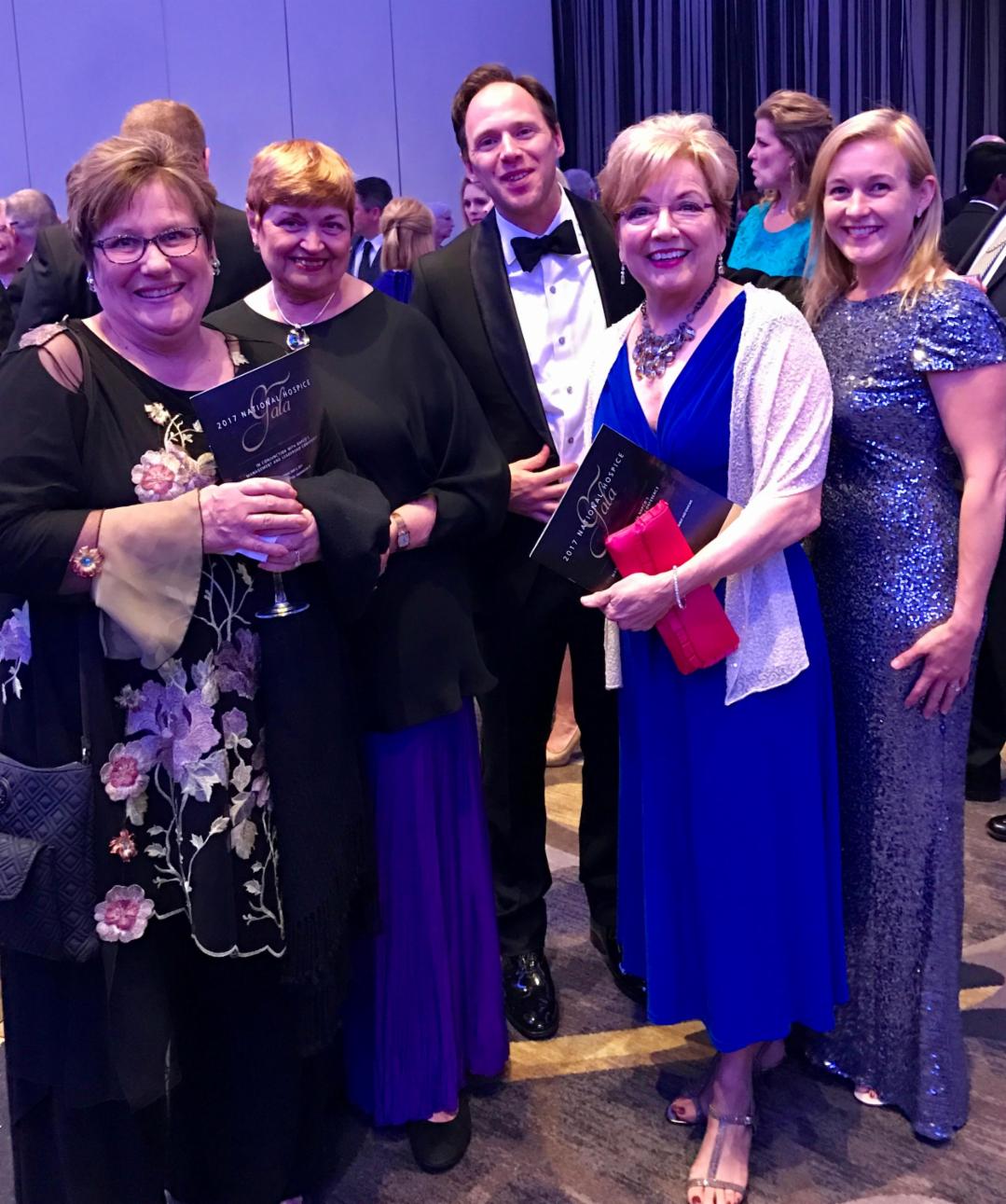What Would Dame Cicely Do?
That was the question posed to attendees at the National Hospice and Palliative Care Organization’s Management and Leadership Conference in Washington DC by the incoming President and CEO, Edo Banach recently. He told us NHPCO’s focus will be bringing value to members and focusing on innovation. We were reminded of milestones reached this year; the 35th anniversary of the Medicare Hospice Benefit and the 50th anniversary of St Christopher’s Hospice in London, where the modern-day hospice movement began under Dame Cicely Saunders. And we were asked to consider “WWDCD” – What Would Dame Cicely Do? What would she do now, 50 years later?
Holding tightly to the old paradigms isn’t a viable option. Hospice organizations must find ways to identify what patients, families, their communities and referral sources want in this new century. Is it Palliative Care which allows curative treatments along with palliation of symptoms? Is it facilitating open and early discussions about how people want to live until they die? Is it receiving aggressive treatments as long as possible, then having a hospice length of stay for 7 days?!
Rather than offering up what you think people want, why not go out and look around your community at what people are paying for out of pocket, what they find of value in the healthcare world and in the non-healthcare world, and begin to offer some pilot programs that meet those needs? We must learn to “Just say yes!” as Mary Sheehan, CEO at Juliette Area Community Hospice and many of my other CEO clients do, instead of “No, that’s not possible, the Medicare benefit doesn’t pay for that”. Now is the time for hospices to “preserve the core and stimulate progress”, as Jim Collins said all those years ago in his book Good to Great. Step beyond the confines of your comfort zone, see what is happening outside the world of hospice, and bring back ideas to innovate. It doesn’t have to be costly, but it does have to have meaning and purpose.
Though we’ve just begun to explore the potential of technology to create a more seamless patient experience, there are apps out there now that hospices can use to improve their care. First is care.ly an app that allows patients, families and healthcare organizations to share updates on the patient’s care more easily and efficiently. Another app, called TAP Cloud, allows patients to touch a scattergram of words that correlate with their diagnosis to describe their symptoms, which is sent directly to the patient’s physician and/or hospice nurse in between visits by the IDT. We need to partner with high tech developers to examine ways patients (who are able) can offer the wisdom of their journey to others, and to make the world of healthcare easier to navigate for patient families and caregivers.
What would Dame Cicely Sanders do today? My guess is that she’d do as she did in creating the modern hospice movement; she’d reject the unsatisfactory status quo, rebuff the nay-sayers, and boldly step into the future. It’s incumbent on us as the successors to her mission to do the same in creating the next wave of Hospice.
All dressed up for the NHPCO Gala recently:
Christy Whitney, Jan Jones NHPCO Board Chair, Edo Banach NHPCO CEO ,Patti Moore, Mrs.Banach

